Apple upended the computer industry with its Apple Silicon M1 launch, it delighted developers with its first-ever App Store commission cut, but then it struggled to get Big Sur out of the door.
Nothing ever happens in November, and especially not this year when October 2020 saw all the iPhone announcements. True, there are sometimes new Apple devices, but they're always just speed-bumped revisions. It's just that this time we have never seen speed bumps like this.
Everyone expected Apple to bring out its first Apple Silicon-based M1 Macs about half-past New Year's Eve, so launching them on November 10 was a surprise. And given that Apple had already told us of the move to Apple Silicon, it's startling just how much was still left to surprise us.
And perhaps also surprise Apple.
For years there have been rumors of a move away from Intel and on to ARM, and you know that there's been a team inside Apple privately smiling to themselves. They alone knew it was happening, they alone knew it would be called the M1, but it seems that even they may not have realized just what all this meant.
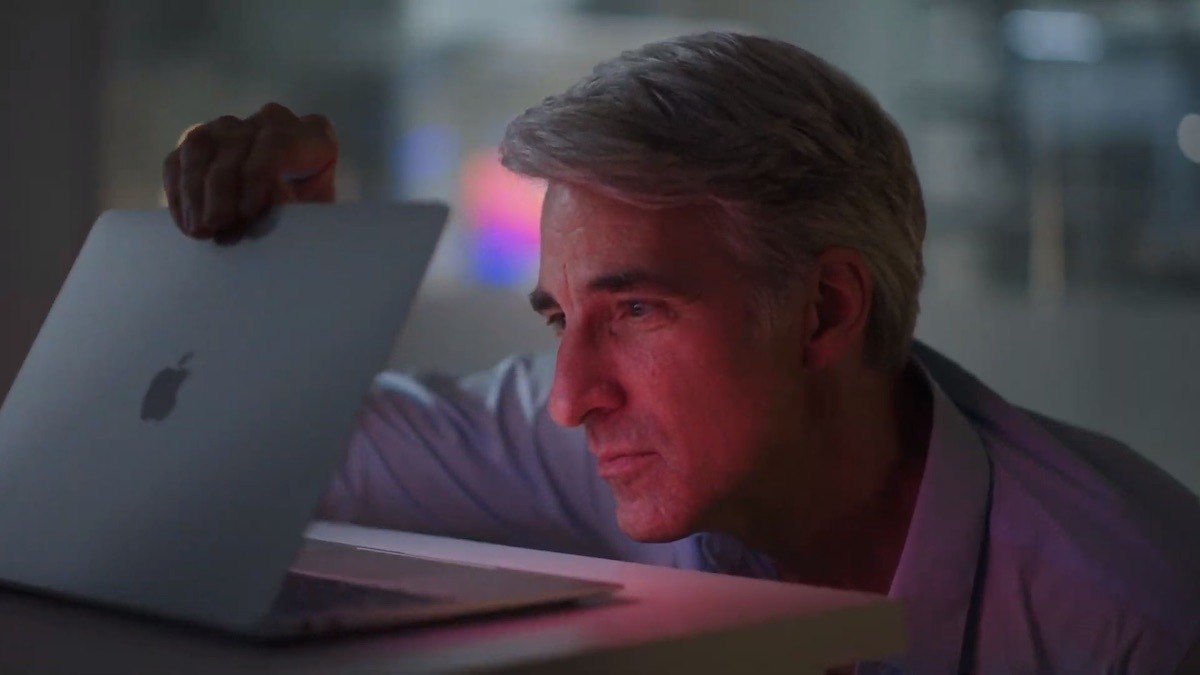 The only thing more talked about than the M1 processor is this shot of Craig Federighi during the launch
The only thing more talked about than the M1 processor is this shot of Craig Federighi during the launch"We are giddy," said Apple's Craig Federighi after the event. "We are excited about it."
So is just about everybody.
The new Mac mini, MacBook Air, and 13-inch MacBook Pro with Apple Silicon M1 are gigantically faster than before, and the two portables have ridiculously long battery life.
Usually, the technology industry will say something is so many gigahertz faster, or that its battery capacity is so many mAh. The numbers are always impressive but they don't convey how much faster a machine will run, or how much longer it will last, in the real world.
In this case, Apple gave us plenty of direct comparisons to previous Apple devices, and a few borderline dubious ones to Windows PCs. But the correct scientific term for the speed improvement is "gigantically," and the right statistical phrase for the battery life is "ridiculously."
That's not to say that there aren't issues. The new Mac mini is a pro powerhouse, except that it's severely limited in how you can shunt large volumes of data in and out. And as AppleInsider was the first to discover, these M1 machines do not support eGPUs.
Apple has always eschewed giving gigahertz figures and instead tried to convey the experience, convey what you will notice as a user. The idea is that statistics are confusing and, moreover, don't really tell you what you need to know.
Speed and performance, not speed and statistics
Now, though, we have a situation where the experience isn't enough. The MacBook Air and 13-inch MacBook Pro, for instance, are both excellent machines, but the average user has to struggle to figure out the difference between them.
It's the same with the entire iPhone 12 range, and it's for the same reason. Just as the new Macs all use the same M1 processor, so every model in the iPhone 12 range uses the same A14 Bionic.
On the bad side, this means comprehending which is the best phone for you is hard. Or it is unless you know you want the smaller iPhone 12 mini, or unless you must have the larger iPhone 12 Pro Max.
On the positive side, though, having the same processor across all devices released simultaneously means that they all get the same benefits. The MacBook Air is as fast as the new MacBook Pro, so the iPhone 12 mini is about as fast and powerful as the iPhone 12.
It's just harder to discover that the MacBook Air can't consistently run as fast as the 13-inch MacBook Pro because of its thermal design. This is a case where Apple's comparing one device only to its own predecessor is unhelpful, at least.
Changing the industry
Apple has generally stood alone with this idea of concentrating on what a machine can actually do, instead of how many gigahertz its processor is. Now, however, it's gone further, and its November launches could genuinely change the computing industry.
It all comes down to RAM. Instead of the way Apple used to do RAM — include a miserly amount in the base model and kill you on the price of any more — it has changed the technology.
Now RAM is part of the M1's System on a Chip (SoC), and that's one key reason for the great performance gains. Instead of reading and writing RAM that's held away from the CPU, everything is in one place and it's much faster.
So much faster that you know every other computer manufacturer is going to do this. Unified RAM, as Apple calls it, is going to be everywhere.
Everybody is happy with Apple Silicon, nearly
Apple showcased many developers in its November 10 event and, of course, they were all enthused about the move away from Intel. Apple would hardly have featured them if they weren't, but they also convey an excitement that we haven't seen in a long time.
AppleInsider spoke with developers, including some featured by Apple, and that excitement is real. It was actually a delight talking to developers about this because they are all so enthused.
We've also seen Adobe committing to moving its Creative Cloud apps to Apple Silicon, which it would begin in December. Other firms have made the move so that their software was available at launch, or very soon after, but at least Adobe is promising to be a lot faster than it was with the Intel move.
Tim Cook spoke of a two-year transition period for Apple as it moved to ARM, but for users the transition period is hopefully shorter. As each Mac in the range comes out in an Apple Silicon version, it becomes about how fast software developers are at getting their apps optimized for the new M1. And for the most part, they're being pretty fast.
Not everyone is happy with macOS Big Sur
You have to move to macOS Big Sur if you want to use an Apple Silicon M1 Mac. And you want to move to Big Sur anyway, because of its speed improvements, its overall benefits.
So it was somewhat of a shame that its November launch went badly. Just as Apple was demonstrating the truth of its claim about being able to transition smoothly to Apple Silicon, it was also demonstrating how even the largest company can get overstretched.
The new macOS Big Sur is a major update, and, possibly because of coronavirus delays, it went through a protracted beta period. Even so, its final release seemed to come only because it was absolutely required for the new Macs, rather than it being completely ready.
What's more, the system for delivering the new OS to Mac users buckled. You can blame demand for many issues, but Apple presented users with confusing and just plain wrong error messages.
Still, we've got the HomePod mini
To brighten up the hours or sometimes even days that it took to install macOS Big Sur, you could at least enjoy the new HomePod mini. This arrived in users' hands during November, and it has proved to be a treat.
So much so that at first it seemed as if everyone had bought one. And then very rapidly afterward, it was as if everyone had bought two.
Apple could only wish that the original HomePod had been this successful. Notably, though, even the successful HomePod mini did not launch complete. An update was promised for later in 2020 and in the end we got a couple of them — which gave us the unexpected improvement that HomePod mini could then work with 18w power supplies. The expected, even promised improvement to how you can handoff music and podcasts to and from a HomePod mini also came out, but only in beta.
It's as if this year all of Apple's hardware is ahead of all of its software.
We got 5G phones, but not necessarily 5G
Equally, though, Apple is ahead of the curve on 5G. After October's release of the iPhone 12 and the iPhone 12 Pro, November saw the iPhone 12 mini and the iPhone 12 Pro Max arrive.
All of these have 5G — although Apple still hasn't justified why it has excluded 5G mmWave from all but US iPhones — and quite a few users can get 5G where they are.
Just as with October's releases, the truth turned out that 5G was not the big reason to upgrade to a new iPhone. Or at least it isn't yet.
Another month, another App Store legal case or three
November wasn't a normal month for Apple, except where legal issues were concerned. The continuing dispute with Epic Games over the App Store trundled on, this time with the "Fortnite" developer getting some good news.
In early November, a federal judge dismissed a series of Apple counterclaims in its ongoing case. Judge Yvonne Gonzalez Rogers of the US District Court for the Northern District of California restricted Apple to only those issues related to breach of contract.
And in what was clearly, surely, obviously an entirely, thoroughly, completely unrelated move, Apple announced its first-ever cut in App Store commissions. Whether it was part of preparing a defense against future legal arguments over App Store anti-competitiveness, or whether it was Apple being nice, the result was the same.
Apple developers were delighted. AppleInsider talked with a range of developers, both on and off the record, to gauge their real reactions, and they were entirely positive. Many were cynical about Apple's motives, but everyone was enthused both because the cut will benefit them and because they believe it will grow the industry.
That's the development industry. The financial industry was a little less pleased with Apple this month.
The same Judge Rogers who has been overseeing the Apple v Epic Games case separately agreed to allow shareholders to file a class-action suit against Tim Cook. They allege that it "strains credulity" that in November 2018, he did not know trade tensions with China were likely to impact sales.
Apple used to be this hardware company. Now it's a hardware, software, services, and finances one. And speaking of which, the new bundled Apple One service that launched in October, hit a snag in November.
Multiple users have reported issues as they completed their 30-day free trial of Apple One and thought they would begin paying. Others who were already subscribing to some Apple services saw them being billed again for them, and some then seeing those charges reversed.
Surely December 2020 was going to be quieter.
Keep up with AppleInsider by downloading the AppleInsider app for iOS, and follow us on YouTube, Twitter @appleinsider and Facebook for live, late-breaking coverage. You can also check out our official Instagram account for exclusive photos.
 William Gallagher
William Gallagher
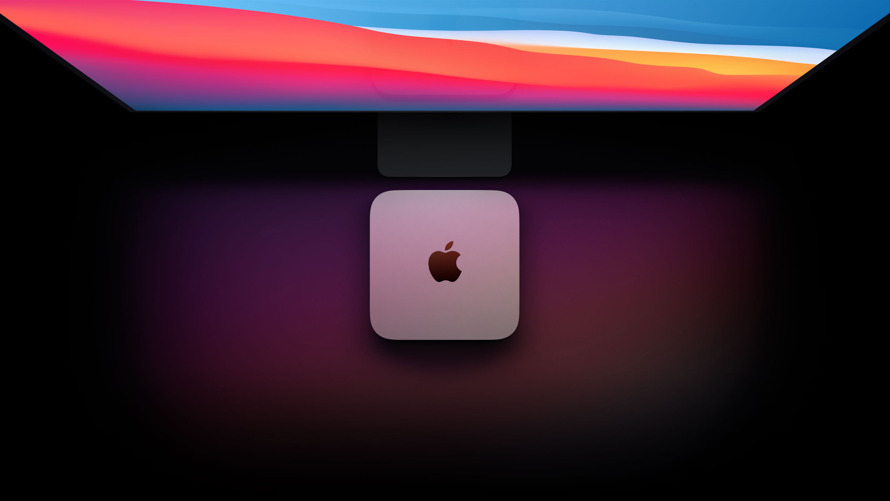
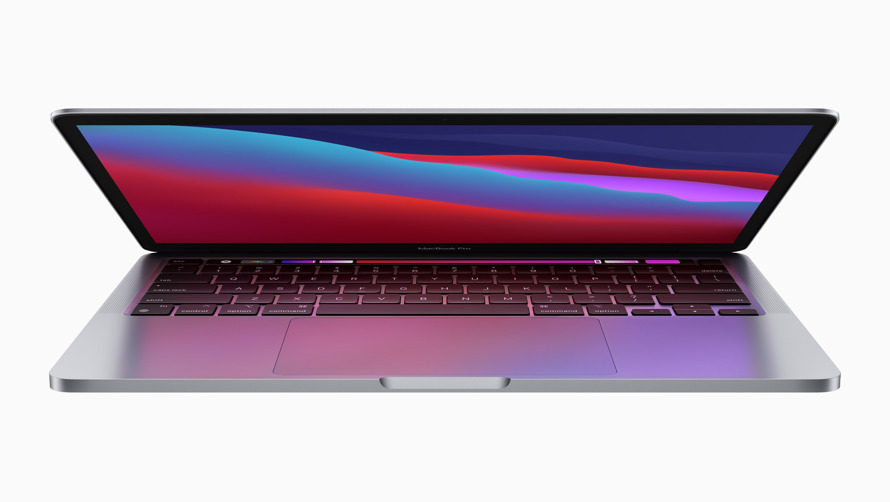
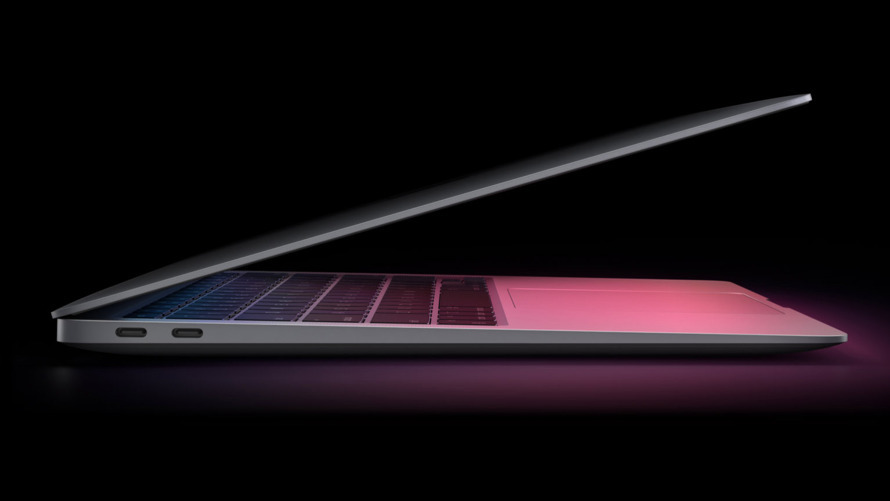
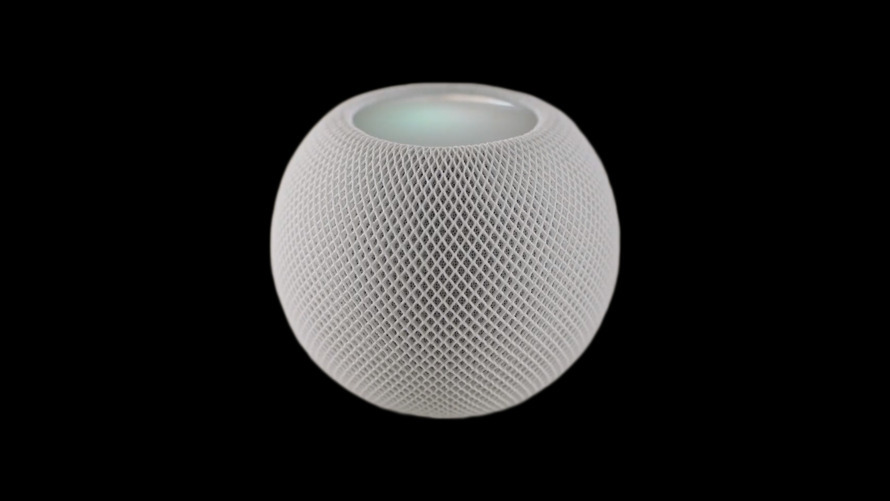
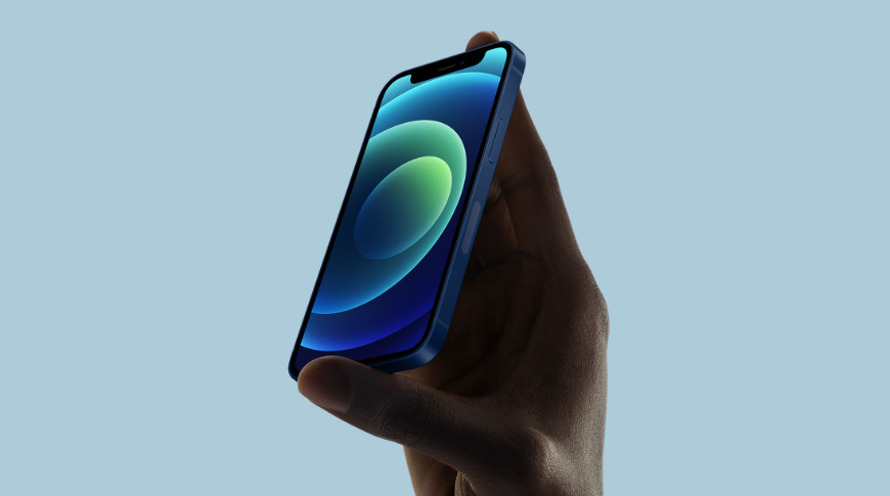
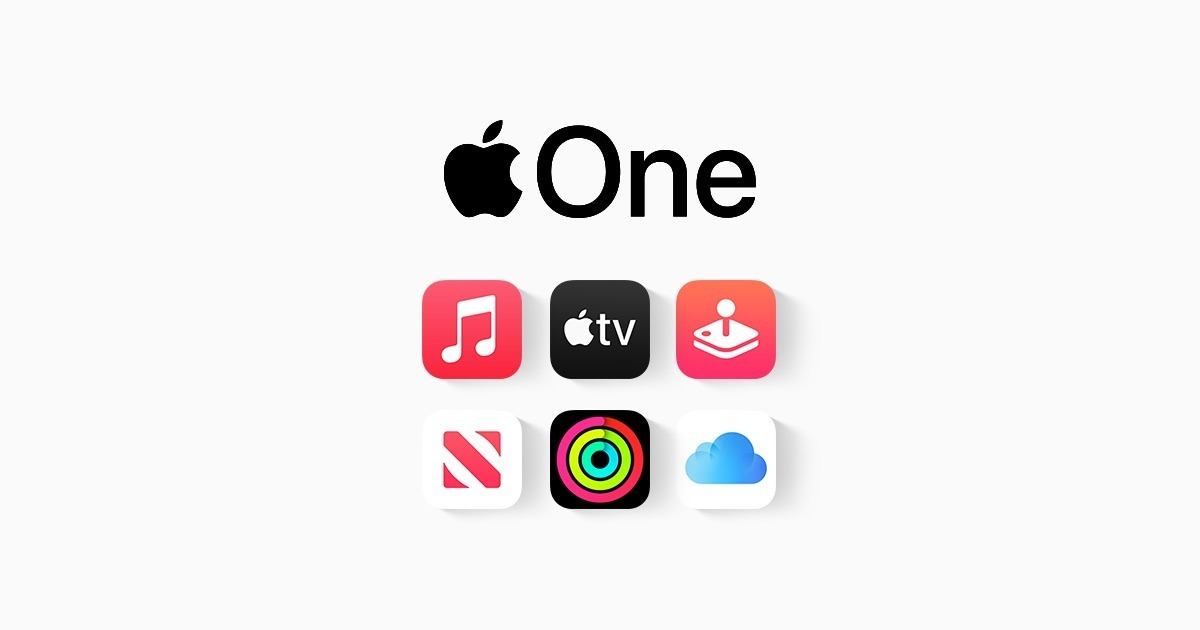


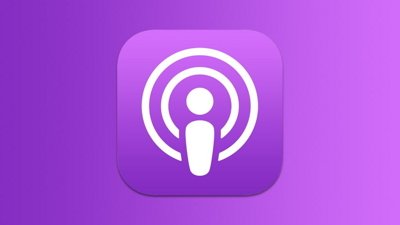
 Amber Neely
Amber Neely
 Oliver Haslam
Oliver Haslam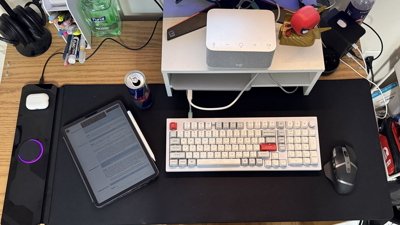
 Thomas Sibilly
Thomas Sibilly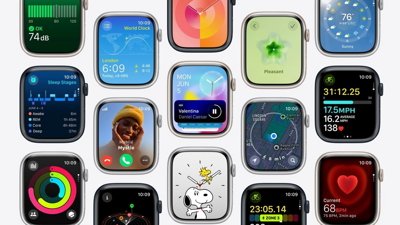
 Marko Zivkovic
Marko Zivkovic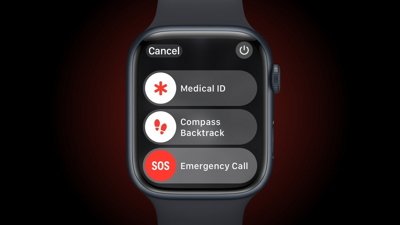
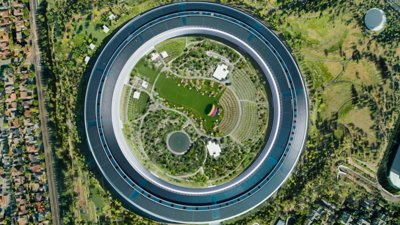
 Wesley Hilliard
Wesley Hilliard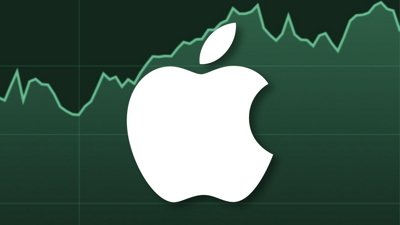
 Malcolm Owen
Malcolm Owen


-m.jpg)






There are no Comments Here, Yet
Be "First!" to Reply on Our Forums ->